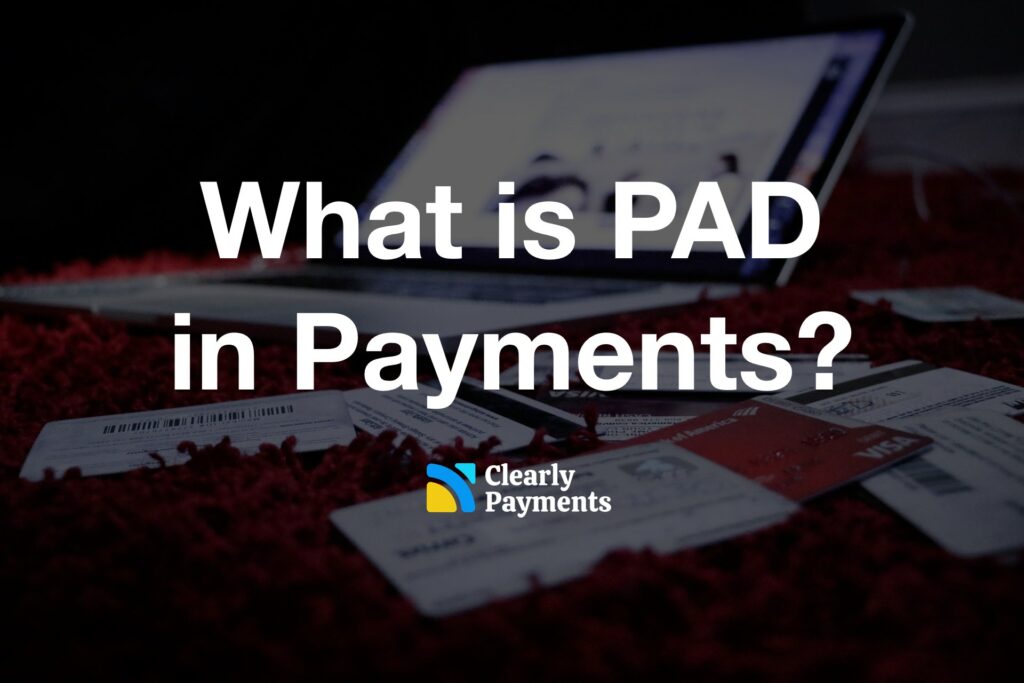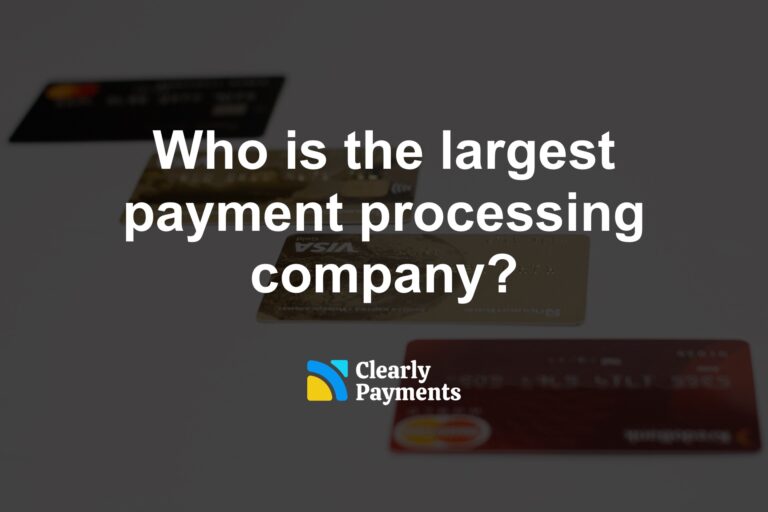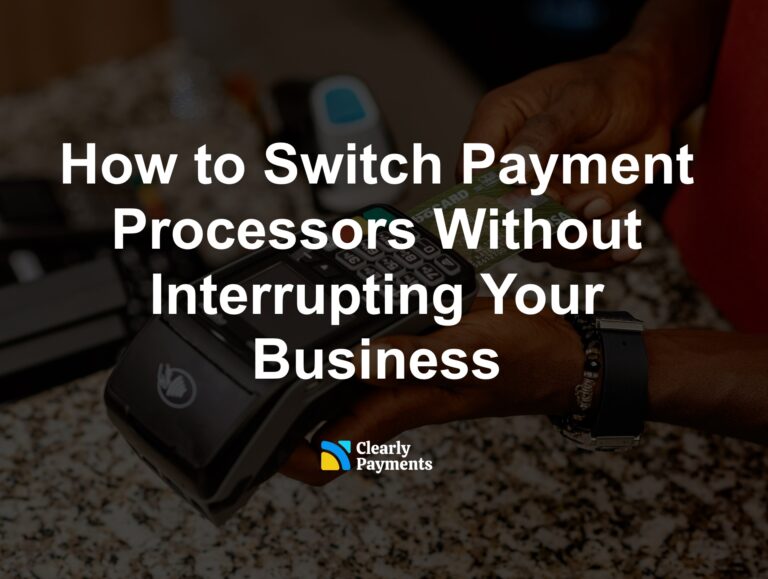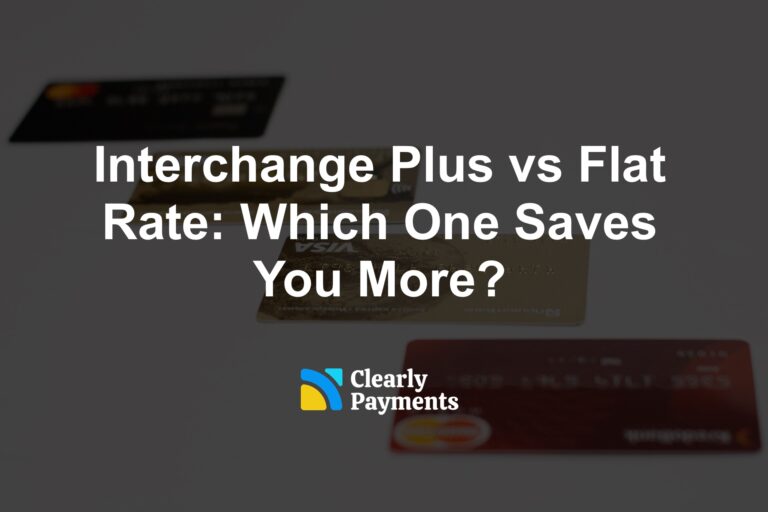PAD stands for “Pre-Authorized Debit” which is sometimes called direct debit. It is a type of payment method that allows customers to give permission for a business to debit their bank account automatically on a recurring basis. This is commonly used for recurring billing, such as monthly subscriptions or recurring payments for services.
In a PAD payment, the customer provides their bank information to the business and the business uses this information to set up recurring payments. The customer’s bank account is then debited automatically on the agreed upon date and for the agreed upon amount. PAD payments are secure and can help simplify the payment process for both the customer and the business.
Overall, PAD payments are a convenient and efficient way for businesses to handle recurring payments, as they eliminate the need for manual billing and payment processing.
What businesses use PAD for payments?
It is commonly used for businesses that have recurring payments, such as monthly subscriptions, utility bills, or membership fees. By implementing PAD, companies or organizations can improve efficiency, reduce administrative costs, and provide a convenient payment option for their customers or clients. Here are examples of organizations that use PAD as a payment option.
Companies offering subscription-based services, such as streaming platforms, software providers, gyms, and telecommunications companies, streamline their billing processes by implementing PAD.
Government bodies and agencies that collect taxes, fees, fines, or any other recurring payments generally use PAD to simplify the payment process for citizens. This method eliminates the need for individuals to manually initiate payments each time and reduces administrative overhead for the government by automating the collection process.
Providers of essential services like electricity, water, gas, or internet often use PAD to streamline their billing processes. It ensures timely and efficient collection of payments, reducing the risk of late or missed payments and minimizing the need for manual intervention in payment handling.
Banks and other financial institutions may use PAD to facilitate automatic loan repayments, mortgage payments, or credit card bill payments. It simplifies the process for customers, ensuring their payments are made on time, and reduces the risk of delinquency.
How PAD works in payments?
PAD (Pre-Authorized Debit) in payments is a system that allows customers to authorize a business to debit their bank account on a recurring basis. Here is how PAD payments typically work:
Authorization: The customer provides their bank information to the business and authorizes the business to debit their account on a recurring basis. This authorization can be obtained in various ways, including online forms, written agreements, or telephone authorization.
Verification: The business verifies the customer’s bank information and ensures that the customer has the necessary funds available in their account to cover the recurring payments.
Processing: The business sets up the recurring payments and debits the customer’s bank account on the agreed-upon date and for the agreed-upon amount. The debits are processed through Electronic Funds Transfer (EFT) or Automated Clearing House (ACH), which is a secure electronic network that facilitates electronic financial transactions. A payment processor like Clearly Payments sets up the PAD and processing for businesses.
Notification: The customer is notified of the recurring payment, either through a receipt or a statement from their bank.
Dispute resolution: If there is a dispute about a PAD payment, the customer can contact the business to resolve the issue. The business or payment processor has a process in place for resolving disputes, such as refunding the customer or providing a credit to their account.
How long does a PAD payment take?
The timeframe for processing a Pre-Authorized Debit (PAD) transaction can vary depending on several factors, including the financial institution involved and the specific processing procedures in place. Generally, the processing time for a PAD transaction can range from one day to up to a week.
It’s important to note that the specific timelines can vary between financial institutions and may also depend on factors such as weekends, holidays, and any delays or processing policies specific to the involved banks. Additionally, certain payment processing systems or service providers may offer expedited processing options that can reduce the overall processing time, which is what Clearly Payments offers.
To get the most accurate information regarding PAD processing time, it is advisable to consult with your bank or payment processor that handles the PAD transactions in question. They will be able to provide specific details and any potential variations that may affect the processing time for PAD transactions.




